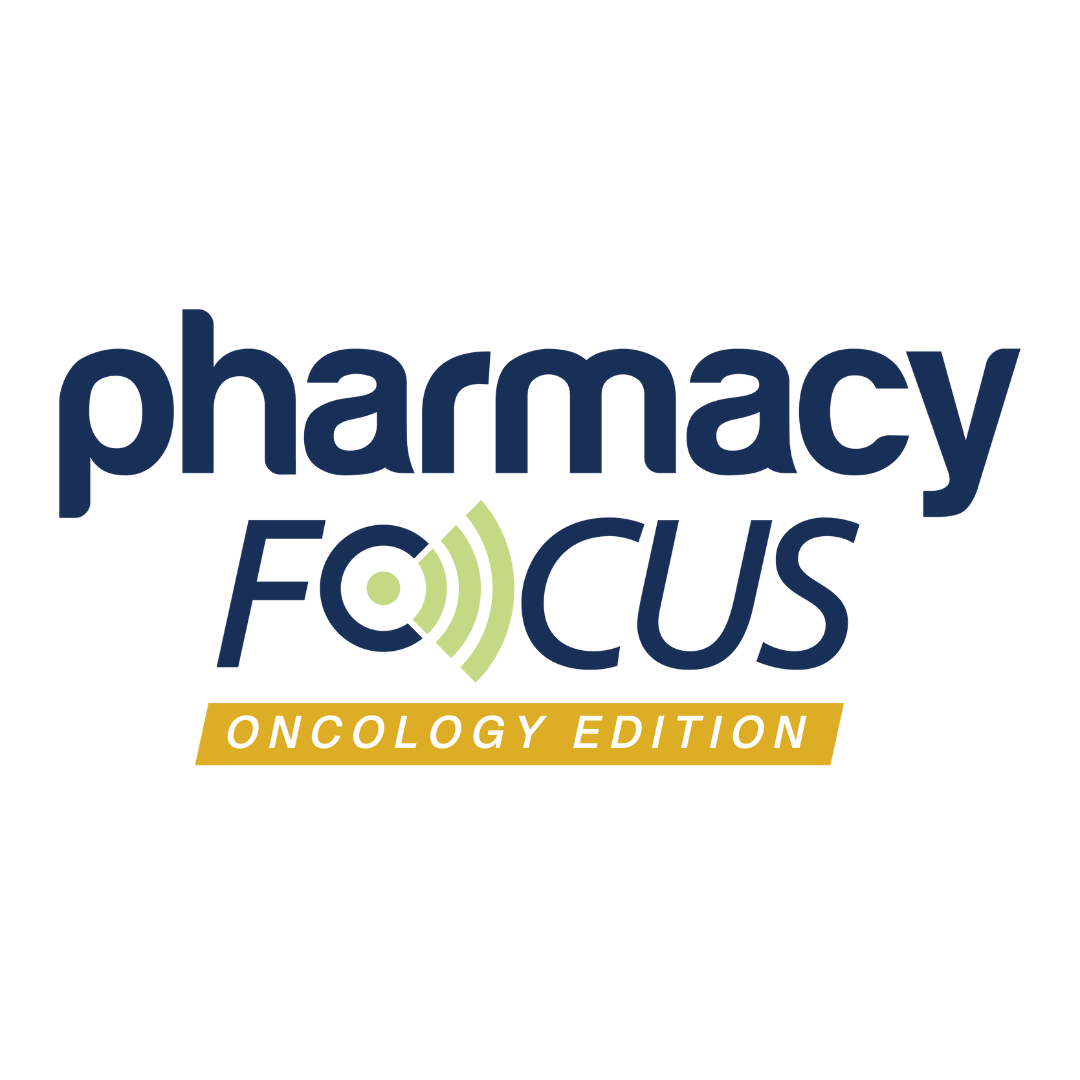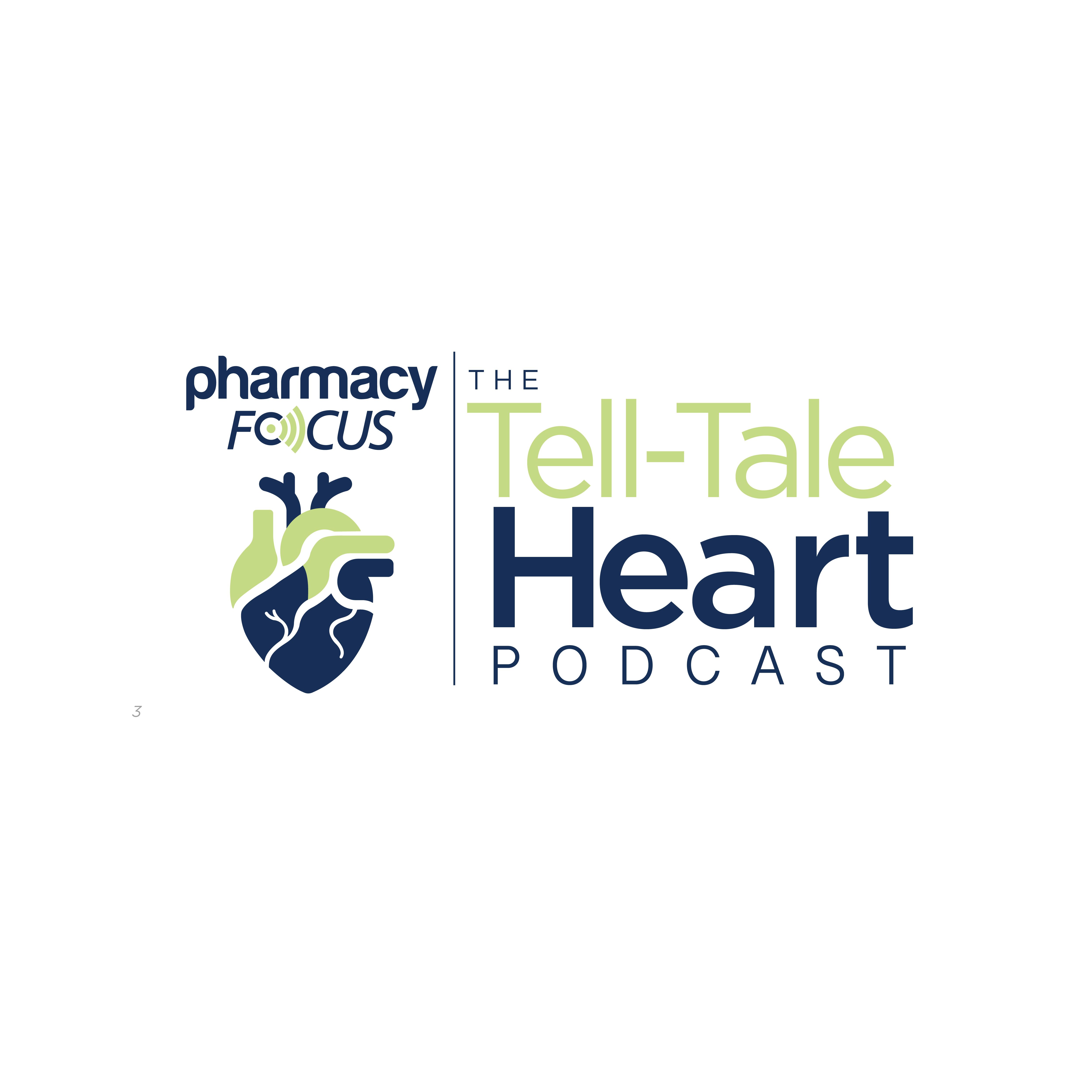Commentary
Video
From Clinic to Hospital: Oncology Pharmacists Driving Seamless Site-of-Care Transitions
Eileen Peng, PharmD, discusses how her team has restructured pharmacy services to support outpatient administration of CAR T-cell and bispecific therapies—emphasizing multidisciplinary collaboration, early toxicity management, real-world data integration, and pharmacist-led care transitions to ensure safety and continuity across care settings.
As advanced immunotherapies such as bispecific antibodies and chimeric antigen receptor (CAR) T-cell therapies continue to shift into outpatient settings, oncology pharmacists are critical in ensuring safe, seamless care across sites. In this interview with Pharmacy Times®, Eileen Peng, PharmD, vice president and chief administrator and pharmacy officer at Astera Cancer Care in Edison, New Jersey, discusses how her team has adapted clinical workflows to support these complex therapies—building multidisciplinary care teams, enhancing early toxicity management, and integrating real-world data to improve outcomes. Peng also shares insights on pharmacist-led interventions that help prevent emergency department visits and explains how her team developed site-of-care transition pathways to maintain continuity and safety in this evolving treatment landscape.
Pharmacy Times: How has your team adapted pharmacy services to support outpatient administration of bispecifics and CAR T-cell therapies?
Eileen Peng, PharmD: I think the most important change we have is that we have to create a multidisciplinary care team, because we try to move and adapt the CAR T and bispecifics at the outpatient clinic. So in the past, we took care of our patients within our clinic, we worked with our physicians, worked with our nurses, but with these 2 medications, it's a very complicated treatment. So, we have to make sure that we educate the patient, educate our nurses, and educate our doctors, and also set up transition care between our site and the hospital, if necessary.
Pharmacy Times: What roles do oncology pharmacists play in early identification and management of toxicities in outpatient settings?
Nurse pushing gurney. Image Credit: © spotmatikphoto - stock.adobe.com

Peng: So, oncology pharmacists play a very important role in managing patient [adverse] effects, because we often catch the [adverse] effects early. We monitor patients’ lab results so we can catch the [adverse] effects early and do the intervention at the right time. We will know if the patient has nausea, fatigue, what kind of medication home care we can suggest, and [how to prevent them from going to the emergency department].
Pharmacy Times: What are common interventions oncology pharmacists would make in this type of situation?
Peng: If a patient has nausea, we suggest antinausea drug. If a patient is fatigued, the fatigue might be because their blood count is low or hemoglobin is low, then we might have to adjust the dose before things get serious, so we catch it early and we treat early.
Pharmacy Times: How are you incorporating real-world data into your clinical decision-making to enhance value-based care delivery?
Peng: So, in our outpatient clinic, we follow the real-world data, meaning how are our patients’ outpatient experiences? Are they tolerating the treatment well? Do they experience any [adverse] effects? That will help us understand how the medication is working for patients and how the [adverse] effects are, then we can adapt that into our day-to-day workflow and manage our patients more efficiently and better, and help them to go through their journey easier and safer.
Pharmacy Times: With site-of-care policies directing patients away from traditional hospital settings, how does your team ensure continuity and safety across different care environments?
Peng: So, in my role, I had developed a pathway for site-of-care transition, and pharmacy also led to the passing on of the treatment plan between sites, so we have very detailed processes set up for the site transition. That way, we have no details left out and can ensure all patients safely transition between sites, going back and forth from our outpatient clinic and hospital.
Newsletter
Stay informed on drug updates, treatment guidelines, and pharmacy practice trends—subscribe to Pharmacy Times for weekly clinical insights.






